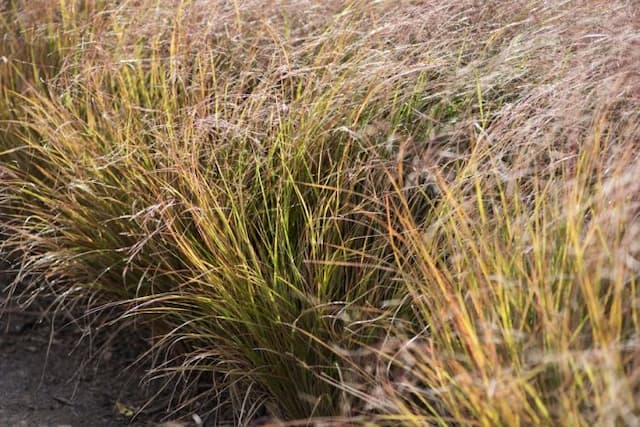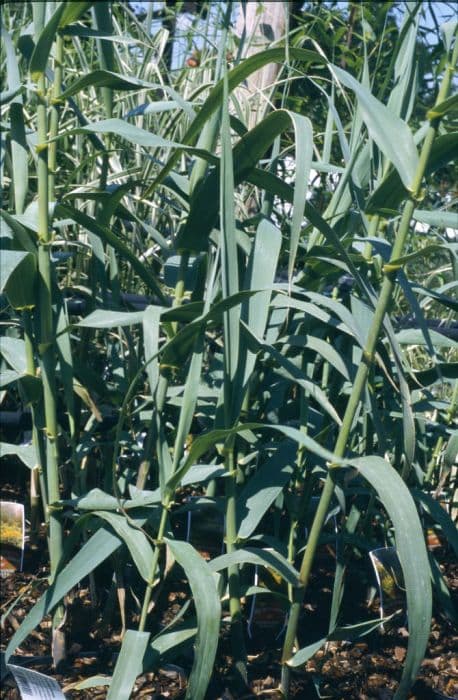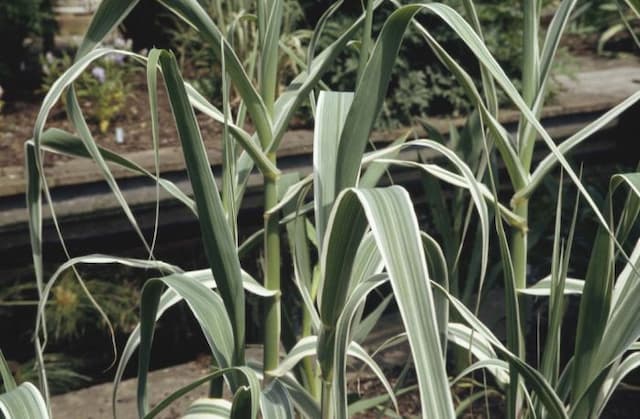Feather Grass Stipa pulcherrima

ABOUT
Stipa pulcherrima, commonly known as feather grass due to its flimsy and elegant plumes, is a perennial plant that boasts a clump-forming habit with narrow, linear leaves that gracefully arch outwards from the base. The foliage typically displays a lush green color that provides a beautiful contrast to the ornamental flowering stalks. These flowering stalks, or culms, emerge bearing feathery panicles composed of delicate florets. Each floret is attached to a long, hair-like awn that often twists and curls. The overall impression is that of a soft, gossamer-like cloud, especially when the awns catch sunlight and sway in the breeze, creating a shimmering effect that can be quite captivating in a garden setting. The color of the panicles can range from a silvery-green during the growing season to a golden hue in the fall, adding seasonal interest to the plant's appearance. Despite its delicate looks, feather grass is known for its hardiness and resilience in various growing conditions.
About this plant
 Names
NamesFamily
Poaceae
Synonyms
Feather Grass, Angel Hair
Common names
Stipa eriocaulis, Stipa elegantissima, Stipa pennata subsp. pulcherrima.
 Toxicity
ToxicityTo humans
Stipa pulcherrima, also known as feather grass, does not have a widespread reputation for being toxic to humans. There is limited information regarding its toxicity, and it does not appear on common lists of poisonous plants. However, individual sensitivities can vary, and plant parts should not be ingested. If someone does consume feather grass and experiences symptoms such as gastrointestinal distress, it is important to seek medical attention.
To pets
Feather grass is not commonly known to be toxic to pets. However, non-toxic plants can still cause gastrointestinal upset or discomfort if ingested in large quantities or if a pet has a particular sensitivity. If your pet consumes feather grass and shows signs of distress, such as vomiting or diarrhea, consult your veterinarian. It's essential to ensure pets do not have access to plants that may cause them harm or irritation.
 Characteristics
CharacteristicsLife cycle
Perennials
Foliage type
Deciduous
Color of leaves
Green
Height
2 feet (0.61 meters)
Spread
1 foot (0.3 meters)
Plant type
Grass
Hardiness zones
7
Native area
Eurasia
Benefits
 General Benefits
General Benefits- Landscape Aesthetics: Stipa pulcherrima, commonly known as feather grass, adds visual interest to gardens with its flowing, feathery plumes and elegant foliage.
- Erosion Control: The plant's root system helps stabilize soil on slopes, preventing erosion and loss of topsoil.
- Drought Tolerance: Feather grass is well adapted to dry conditions, making it a suitable choice for water-wise landscaping in arid and semi-arid regions.
- Habitat for Wildlife: The grass provides shelter and food for birds and small mammals, enhancing biodiversity in the area.
- Low Maintenance: Once established, Stipa pulcherrima requires minimal upkeep, reducing the need for frequent watering, fertilizing, and mowing.
- Seasonal Interest: Feather grass offers year-round visual interest, with green foliage in spring and summer, and attractive seed heads turning golden in autumn and winter.
- Ornamental Seed Heads: The decorative seed heads can be used in dried floral arrangements and crafts, giving them an added value beyond garden aesthetics.
 Medical Properties
Medical Properties- This plant is not used for medical purposes.
 Air-purifying Qualities
Air-purifying QualitiesThis plant is not specifically known for air purifying qualities.
 Other Uses
Other Uses- Wildlife Habitat: Stipa pulcherrima, also known as feather grass, provides shelter and habitat for small animals and insects due to its dense tufts and tall structure.
- Soil Erosion Control: The strong root system of feather grass helps to stabilize soil and prevent erosion on slopes and in areas susceptible to wind and water runoff.
- Craft Material: The long, ornamental awns of feather grass are used in floral arrangements and as a material for weaving or making decorative items.
- Auditory Interest: The rustling sound of feather grass in the wind can add a soothing auditory element to gardens and landscapes.
- Winter Interest: The tall, dried stalks of feather grass can provide visual interest in a winter landscape when many other plants have died back or gone dormant.
- Companion Planting: Feather grass can be used in gardens as a companion plant to create contrasting textures with other perennials and ornamental grasses.
- Photography Subject: Due to its delicate, feathery awns that catch the light beautifully, feather grass is often used as a subject in nature and macro photography.
- Thatching Material: In traditional practices, the long, sturdy stems of feather grass can be used for thatching roofs or making brooms.
- Educational Resource: Feather grass can be used in educational settings to teach students about plant structure, wind pollination, and grassland ecology.
- Privacy Screens: When planted in a dense row or as a mass, feather grass can act as a privacy screen or a natural boundary in a garden or outdoor space.
Interesting Facts
 Feng Shui
Feng ShuiFeather Grass is not used in Feng Shui practice.
 Zodiac Sign Compitability
Zodiac Sign CompitabilityFeather Grass is not used in astrology practice.
 Plant Symbolism
Plant Symbolism- Elegance: Stipa pulcherrima, commonly known as Feather Grass, exhibits a delicate and flowing aesthetic, often associated with grace and elegance.
- Resilience: As a grass species that thrives in various conditions, Feather Grass symbolizes resilience and the ability to adapt to different environments.
- Freedom: The feathery, free-flowing nature of the grass's seed heads can represent a sense of freedom and the spirit of untethered movement.
- Simplicity: Feather Grass is often used in gardens to create a sense of simplicity and minimalism, highlighting the beauty of natural forms.
- Wisdom: In some cultures, grasses like Feather Grass are considered symbols of wisdom due to their longevity and perennial growth, embodying the accumulation of knowledge over time.
 Water
WaterFeather grass, the common name for Stipa pulcherrima, prefers consistent moisture, especially during the growing season, but does not like to be overwatered. It's best to water deeply once a week, providing approximately 1 to 1.5 gallons per plant, depending on the size and the weather conditions. During hot, dry spells, watering might be increased slightly, but always allow the soil to dry out slightly between waterings to avoid waterlogging, which the plant can't tolerate. In the dormant season, reduce watering significantly, but do not let the roots completely dry out.
 Light
LightFeather grass thrives best in full sun conditions, where it can receive at least 6 hours of direct sunlight every day. It should be placed in a location that is exposed to the unfiltered sun for most of the day. Dappled sunlight may not be enough for it to achieve its full growth potential and flowering. Avoid deeply shaded areas as this can lead to poor growth and diminish the plant's vigor.
 Temperature
TemperatureFeather grass is best suited for a wide range of temperatures and can survive in conditions as low as 20 degrees Fahrenheit and as high as 100 degrees Fahrenheit. However, the ideal growing temperatures for feather grass are between 60 and 75 degrees Fahrenheit. It is quite tolerant of temperature fluctuations and can survive short periods of colder weather, provided the soil doesn't freeze completely.
 Pruning
PruningFeather grass benefits from pruning to remove dead foliage and stimulate new growth. Prune in late winter or early spring before the new growth starts, cutting back the plant to about 6 inches above ground level. This helps maintain an attractive shape and encourages vigorous growth. Pruning is generally needed once a year, and the best time to do this is when you start to see new green shoots at the base of the plant.
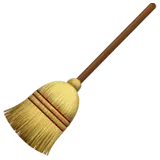 Cleaning
CleaningAs needed
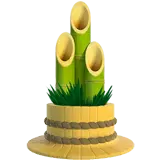 Soil
SoilFeather grass thrives in well-draining soil with a neutral to slightly alkaline pH, ideally between 6.0 to 7.5. A mix of sand, loam, and compost is suitable to provide the nutrients and drainage it needs.
 Repotting
RepottingFeather grass, being a hardy perennial, doesn't require frequent repotting and can often be left undisturbed for several years. Repot every 3-4 years to refresh the soil.
 Humidity & Misting
Humidity & MistingFeather grass prefers dry to average humidity levels, consistent with its native grassland habitat. It typically does well in the humidity levels found in most home environments.
 Suitable locations
Suitable locationsIndoor
Place feather grass in a sunny spot with good air circulation indoors.
Outdoor
Full sun and well-draining soil suit feather grass best outdoors.
Hardiness zone
4-9 USDA
 Life cycle
Life cycleStipa pulcherrima, commonly known as Feather Grass, begins its life cycle as a seed, which germinates in favorable conditions of moisture and temperature. The seedling emerges, developing roots and shoots that grow into a young plant. The plant undergoes vegetative growth, establishing a clump of narrow leaves and developing a deep root system typical of many grasses. As the plant matures, it enters the reproductive stage, producing tall, feathery flowering stalks, which are the plant's most distinguishing feature. Following pollination, the flowers produce seeds that are dispersed by wind, allowing the cycle to begin anew. Finally, Feather Grass is perennial, so it may survive for several years, going through repeated flowering and seed-setting phases while some older parts of the plant die back.
 Propogation
PropogationPropogation time
Spring-summer
The most popular method of propagation for Stipa pulcherrima, commonly known as feather grass, is through seed sowing. Feather grass seeds can be collected once the seedheads dry out, usually by late summer or early fall. To propagate, sow the seeds directly into a well-draining soil mix at a depth of approximately 1/8 inch (3 mm). They require a sunny spot and should ideally be sowed in spring when the soil temperature reaches around 70°F (21°C). The seeds typically germinate within 2 to 3 weeks. It is important to keep the soil consistently moist but not waterlogged until germination occurs. Thin the seedlings once they reach a sufficient size to ensure adequate space for their growth.
